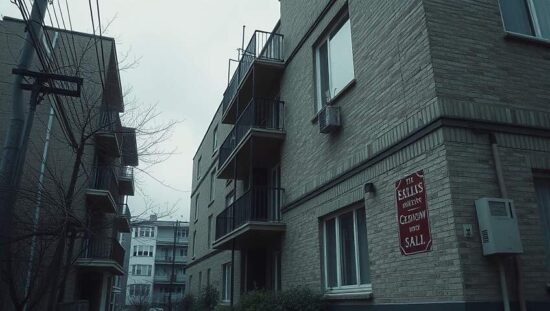A new study suggests that the planned removal of feed-in tariffs for small-scale solar installations in Germany could render building-integrated photovoltaic (BIPV) projects in smaller apartment buildings financially unviable. Conducted by economists Andreas Fischer and Ralph Henger from the Institute for Economic Research (IW Köln), the study, part of the Potsdam Institute for Climate Impact Research’s (PIK) Ariadne project, highlights potential setbacks to the energy transition.
The researchers’ models indicate that without supplementary measures to simplify and incentivize building and tenant electricity schemes, phasing out feed-in tariffs could stifle the expansion of these initiatives. They advocate for dynamic pricing for electricity and feed-in tariffs to encourage consumption and grid support.
Under a baseline scenario, involving a 30 kWp photovoltaic system, metering technology and battery storage costing €62,500, a power price of 40 cents per kilowatt-hour and a 2.5 cent difference between grid and photovoltaic power prices, current return on investment (ROI) could reach 3.6% for tenant electricity models and 1.4% for building electricity models, based on a 20-year system lifespan. However, removing feed-in tariffs would diminish tenant electricity ROI to 0.4% and reduce building electricity ROI to a negative 2.4%.
The issue disproportionately affects smaller apartment buildings with smaller rooftop installations. For a typical tenant electricity project, a 3.6% ROI would drop to a mere 0.4% without feed-in tariffs, potentially dissuading landlords and building owners from investing. While tenant electricity schemes involve owners assuming a full supply obligation, building electricity models do not.
Despite this challenge, building and tenant electricity models hold considerable potential for accelerating the energy transition. The study estimates a potential of 3.1 million apartment buildings with 20.1 million dwellings suitable for photovoltaic rooftop installations, capable of generating 60.4 gigawatts of total capacity-representing 28.1% of Germany’s 215 gigawatt expansion target for 3030.
Economists note that current expansion is focused primarily on smaller rooftop systems attached to single and two-family homes, while opportunities on multi-family buildings remain largely untapped. Increased complexity compared to standard photovoltaic installations, along with significant costs associated with metering, billing and customer service and limited two-year contract terms for electricity supply, are cited as barriers.
The study emphasizes that while feed-in tariffs are relevant, they are not the primary driver of project viability. The level of household participation in tenant electricity schemes is the most critical factor. Under the baseline scenario of 75% participation, a 3.6% ROI is achievable; ideal conditions could yield up to 18.5%.
To facilitate expansion, standardized, unified and digitized processes for network and metering operators are recommended. Automatic participation in tenant electricity projects, with the option to opt-out, is also suggested, along with combining regulatory approaches for building and tenant electricity models to reduce complexity.
The “Haus und Grund” homeowner association supports the streamlining of regulations, advocating for ease in the utilization of on-site renewable energy by tenants and the option for landlords to include this in operating costs.





